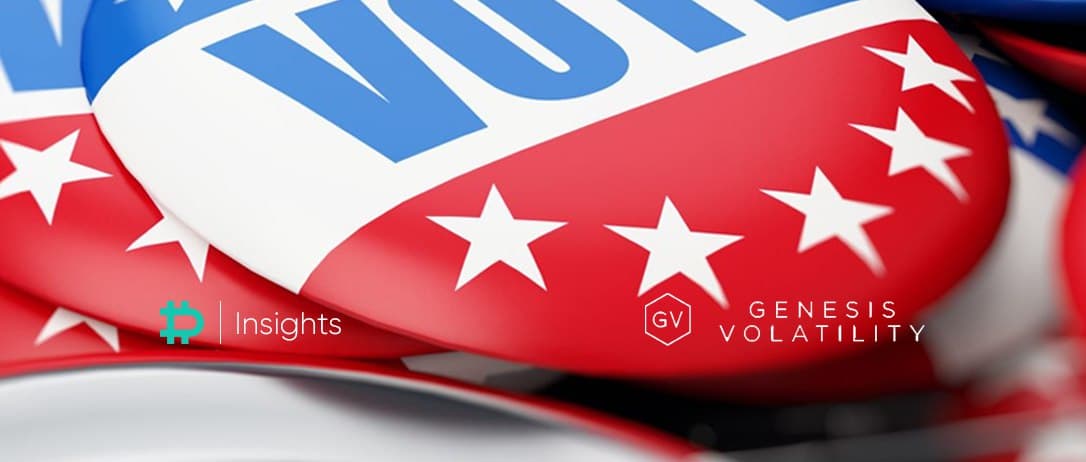
A good trader understands that there are always bulls and bears. Two economists with PhD’s, looking at the exact same dataset, with robust computer models, with millions (even billions) of dollars under management, can disagree completely about whether to go long or short a given asset.
Exceptional traders understand this phenomenon and remain terrified of their own biases and unknown unknowns.
The same applies to political elections, public policy, geopolitics and the associated roles played by governments.
Traders appreciate the role of risk-management because they know that dogmatism is an exceptionally expensive endeavour.
With that being said, the 2020 US election has many implications for US based assets and their investors, yet I am not convinced that global assets such as BTC are affected in exactly the same way.
According to Bank of America, of the four potential election outcomes, a mixed presidency and senate are the most deflationary. Meaning each political party controls only one of the levers of policy.
Republicans are expected to stimulate the economy by providing business friendly tax policy while Democrats are more likely to support consumers via fiscal stimulus.
While many banks on Wall Street speak of these differences in terms of their impact on US stock markets, I don’t know that this directly translates to BTC and the crypto markets.
For example, do lower corporate taxes affect BTC like they do corporations?
Does a higher capital gains tax affect global crypto assets the same way as domestic assets?
In my opinion the intrinsic value of BTC is its limited supply and the ability to exit a fiat denominated debt system. The fiat ticking time bomb isn’t dependent on whether it grows due to lower tax receipts or higher spending bills, it grows either way…
BTC correlations are also breaking down.
At the time of this writing, the S&P 500 is down -8.6% from its September peak, while BTC is up +12.5% from its September peak.
COVID-19 fiscal stimulus packages in the US alone are about ~$2T each, that’s eight (I repeat, EIGHT!) times the total BTC market-cap. These packages are being thrown around globally, left and right, as-if fiat money is created out of thin air.
Anyways, we all get the long-term value of BTC and why exiting the fiat debt bomb makes sense.
How do we trade this election in the short term?
A mixed election will likely lead to some sort of policy gridlock which could prevent needed government stimulus, creating deflationary forces and hurting risk assets. It will also likely curb polarised policy ambitions, leading to lower option implied volatility.
Taken together, this may lead to a short-term BTC price drop.
A clear sweep, either way, will likely push risk assets and BTC higher out of the gate. Although the VIX may drop with election uncertainty, BTC implied vol. will be very dependent on spot price action. BTC jumping higher will likely bring implied vol. up as well.
For those investors with longer time horizons, using options to protect a Hodler’s portfolio makes the most sense. For example, at the time of this writing a trader could purchase a $7,000 March-26-Put for $135 on Deribit. Cutting away 50% of the total BTC capital at risk. More sophisticated traders could capture the heavy call skew by selling a $28,000 March Call for $365, financing the put purchase and pocketing $230 along the way.
This type of options “Collar” essentially captures positive expected value and allows BTC investors to weather any election storm.
AUTHOR(S)
